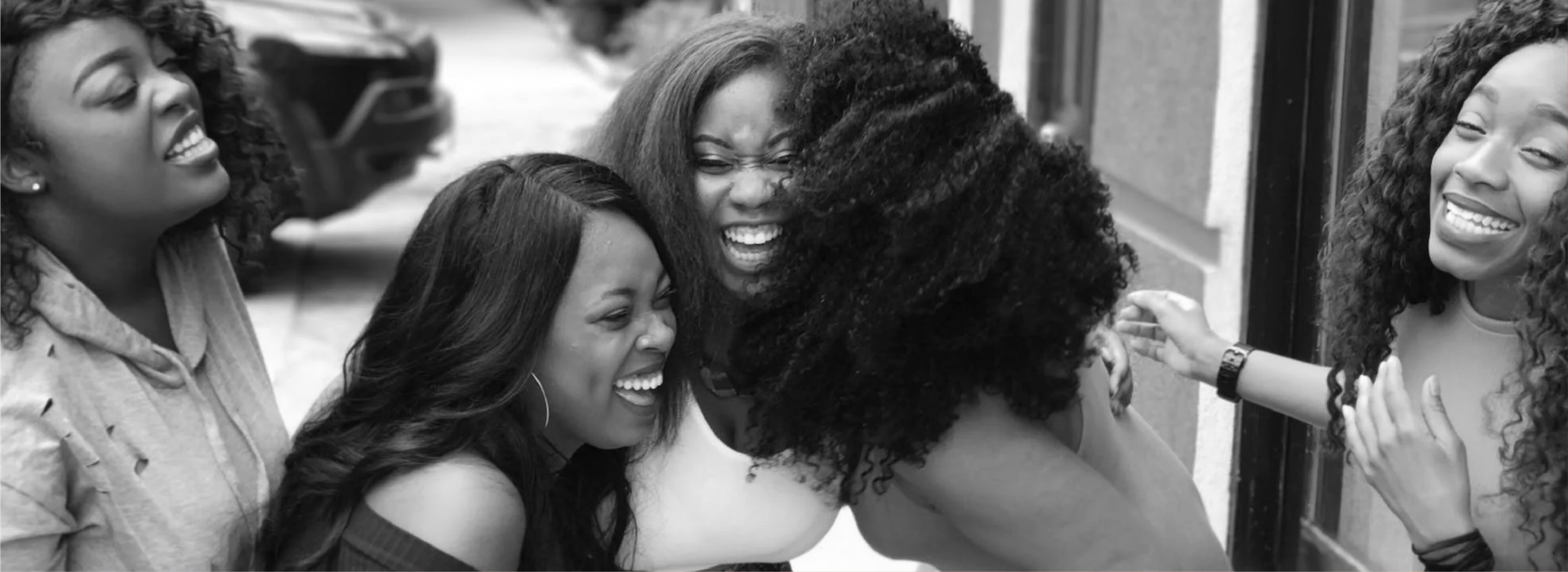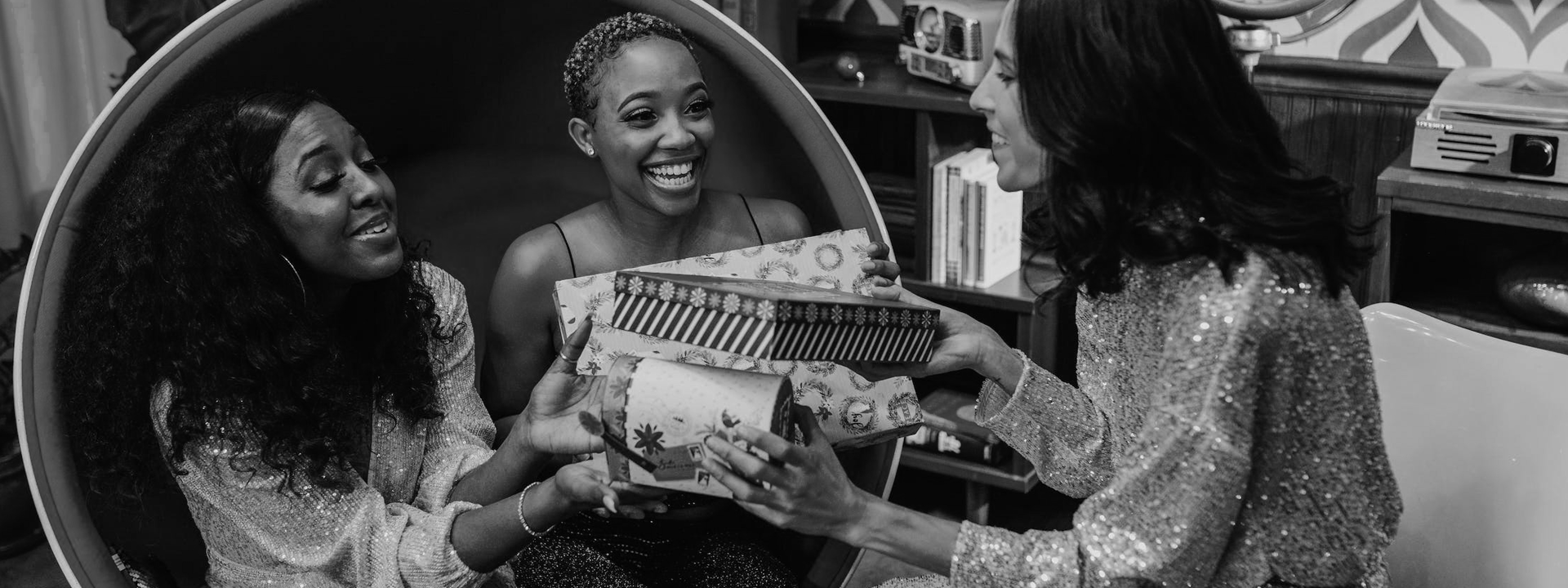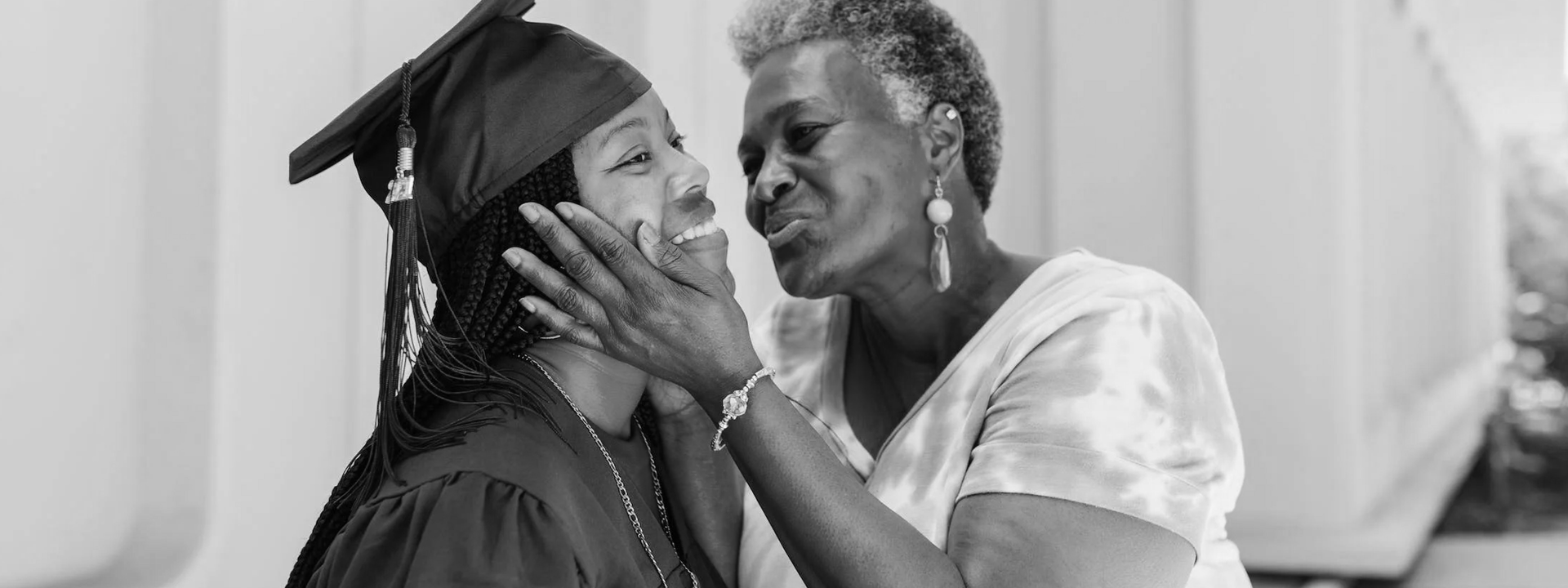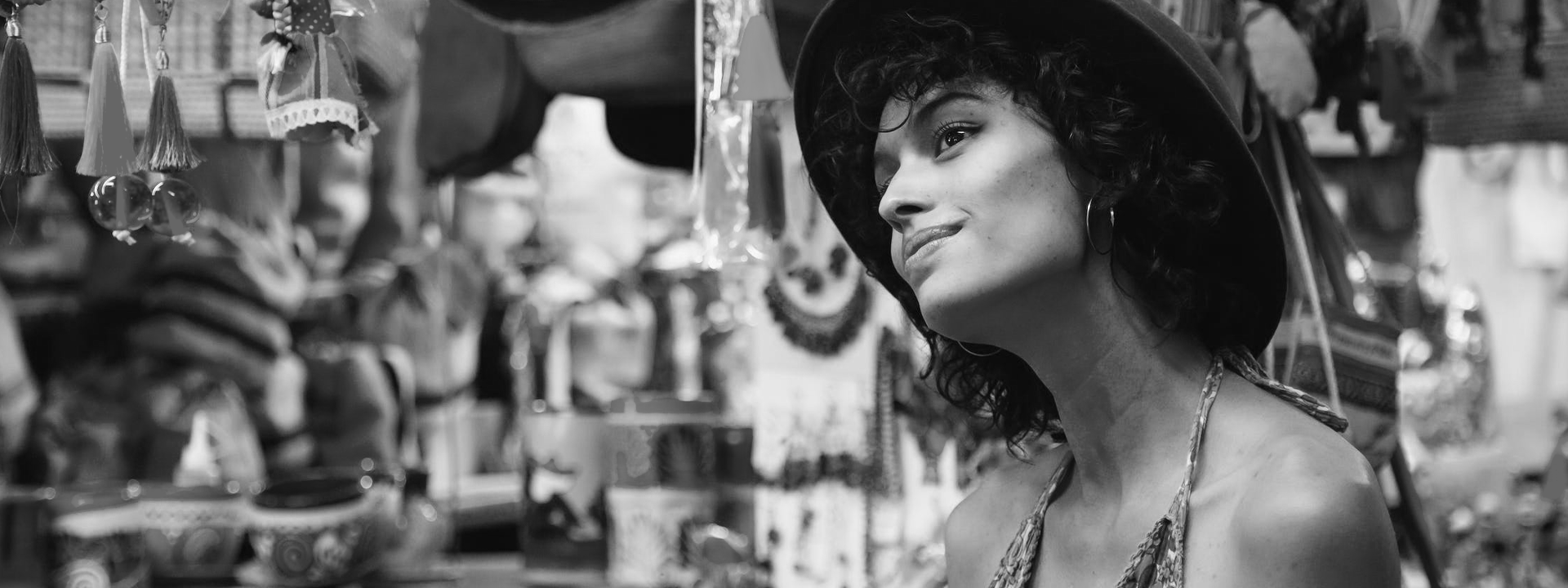
The holiday shopping season is one of the busiest times of the year for brands and retailers. When crafting a strategy to reach bigger audiences and drive sales, marketers need to understand that not all consumers are the same. Brands need to keep multicultural perspectives and cultural approaches regarding holiday shopping in mind to convert consumers across broader demographics into purchasers. For the past two years, My Code’s Intelligence Center has analyzed the behavior and purchase intentions of diverse holiday shoppers so that brands can effectively reach these segments. Early Shopping Trends According to Intelligence Center’s annual Holiday Gift Shopping…








